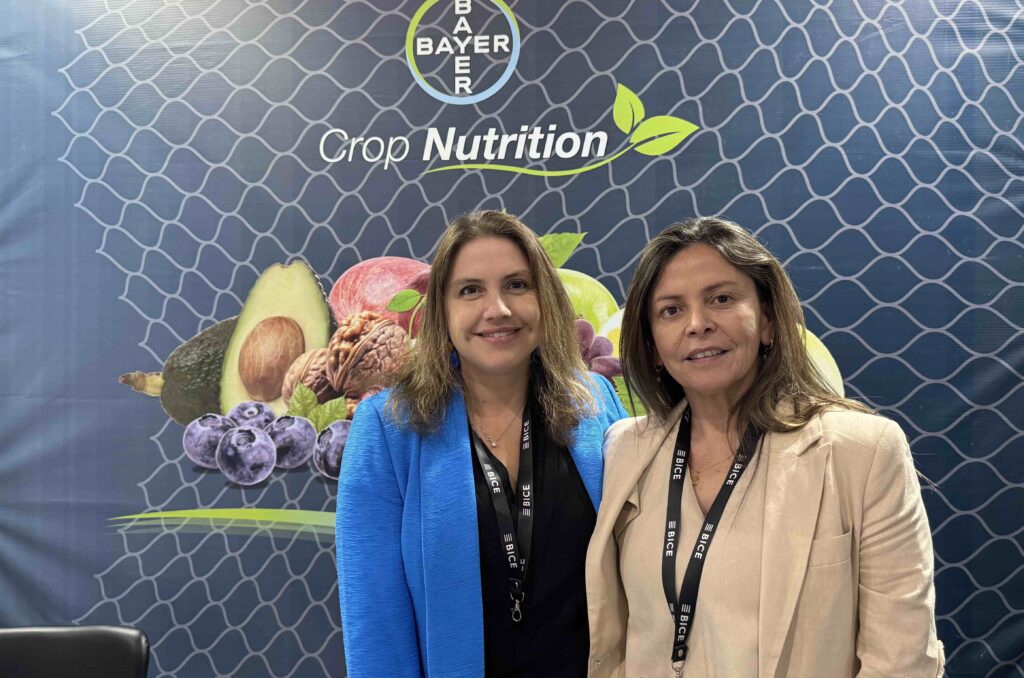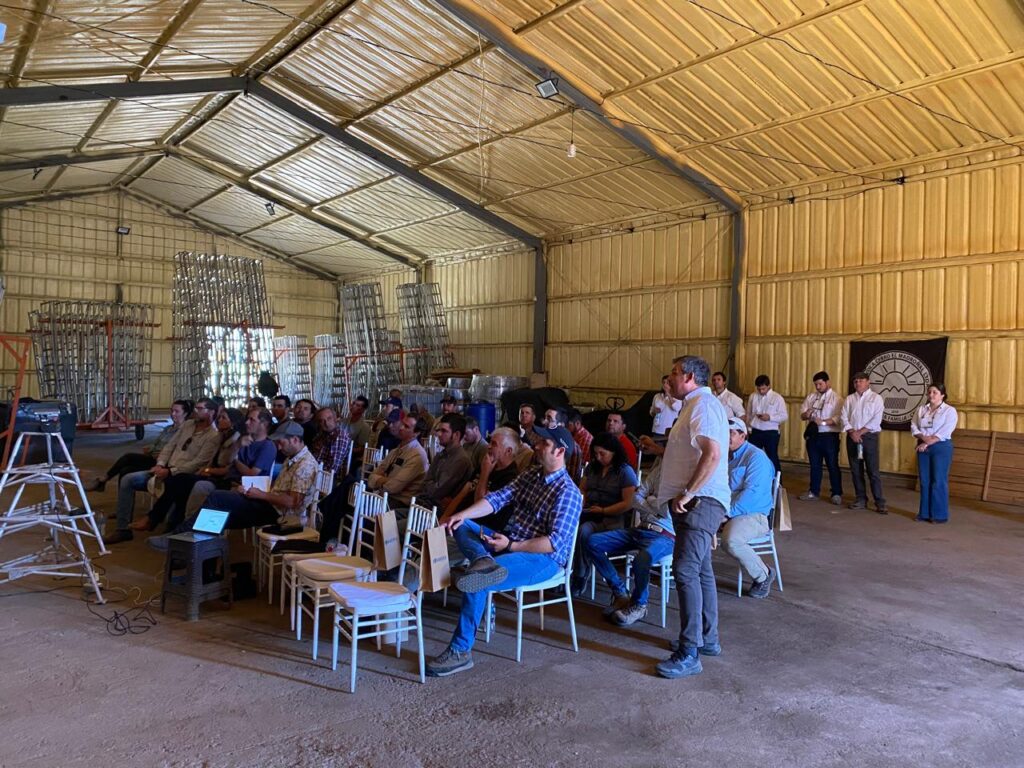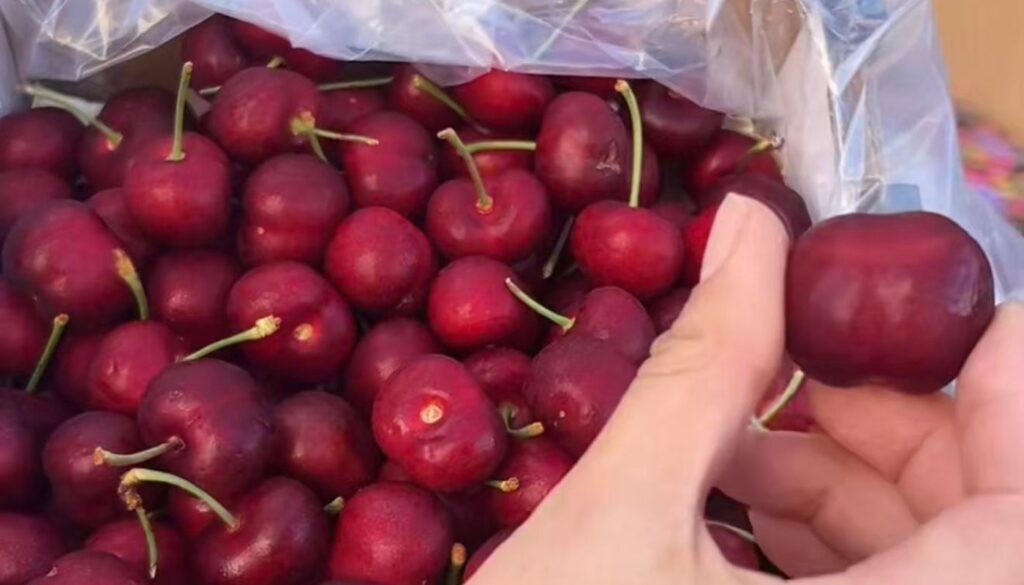This coming February 10th, Chinese New Year is celebrated, an event that involves a series of activities, as well as a long vacation period, during which many take advantage of the opportunity to visit their families and friends in other cities, where Chilean cherries are the great guests to share, give and also express good wishes for the coming year.
It is within this framework that Frutas de Chile and its Cherry Committee, together with Fundación Imagen de Chile, organized a visit by Chinese media to publicize the export process of cherries, as well as the high technology and the commitment to sustainability of the Chilean fruit industry.
On this occasion, Verfrut facilities were visited, especially due to the interest aroused by the recent inauguration of its floating photovoltaic plant at the Quilamuta estate in the O'Higgins Region, which is one of the largest in the southern cone, and thanks to which much of the production process, such as irrigation, and export of the plant (packing), is supplied with energy. They were also able to see the loading of cherries in one of the Cherry Express at San Antonio International Terminal (STI) in the Port of San Antonio.
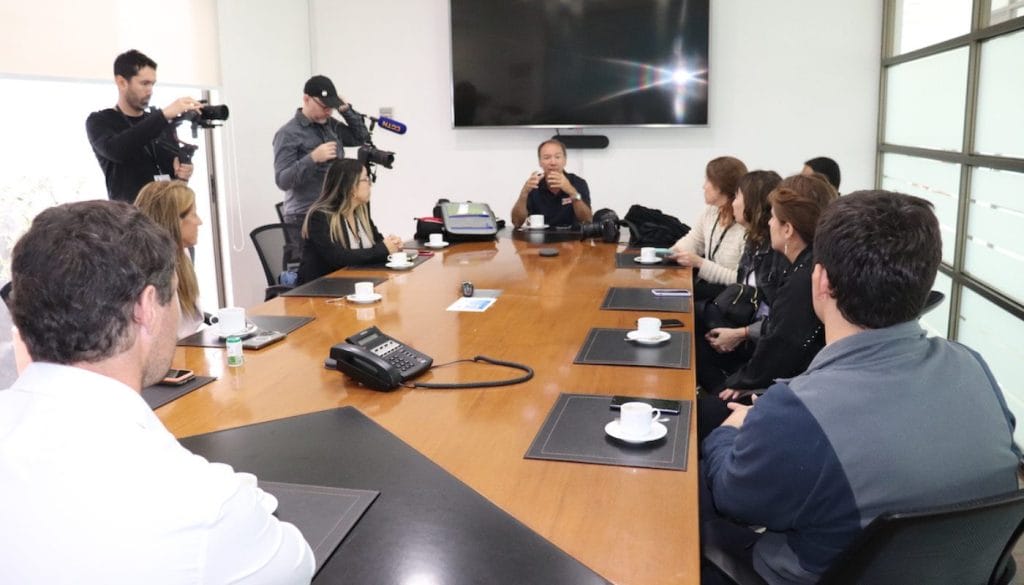
The activity was headed by the president of Frutas de Chile, Iván Marambio; and the executive director of the Cherry Committee, Claudia Soler, just days before they traveled to fulfill an intense agenda of activities in China, Chinese Taipei and South Korea. "We spent a whole day accompanying an important group of Chinese media, with offices in Chile, in an activity that was organized by Fundación Imágen de Chile, and coordinated by Frutas de Chile. We believe that this joint work is key to positioning the image of Chile and its fruits in the world, especially in China, the main market in Asia for our exports, the main market for our cherries and the second market in terms of volume at a global level," said Marambio.
Claudia Soler commented: “We are very excited about what this season will bring, as it has had a difficult start due to the weather conditions that affected our country and that somehow affected the production of the earliest varieties and also delayed our harvest. The peak weeks were week 51 and 52, therefore, we should expect the largest volumes of cherry exports to arrive mainly to China starting January 15, where we will implement our promotional campaign actions more forcefully, because although we have already started our campaign, we have not yet reached the largest volumes, where the largest activations are made in retail, online platforms, wholesale markets, specialized stores and in other various areas that we cover with our actions.”
The professional added that to date more than 300 thousand tons have been exported with a decrease of almost 20%, but by the end of the month there should be a higher figure that better reflects the season. "We are in a season that is 10 days to 2 weeks late, therefore, we should expect that drop to decrease," she said.
Visit to Cherry Plant
The tour began at Verfrut's facilities, located in the O'Higgins Region, where the press was able to observe the high technology and innovations implemented by this national sector.
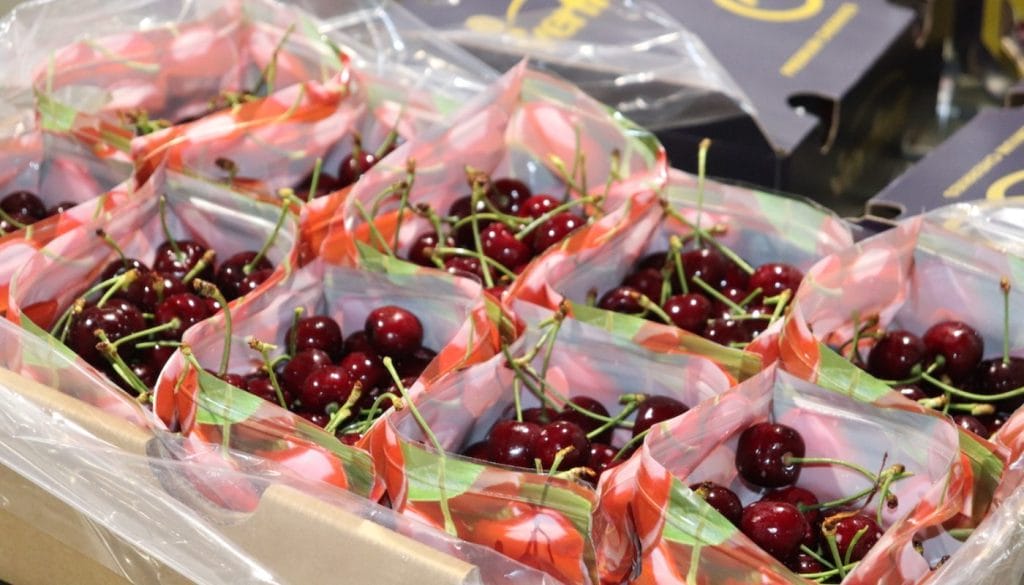
Regarding expectations for this season, Luigi Sigala, Market Manager Asia From Verfrut, he commented: “As a company we are optimistic because we have grown. Last year we made 1.5 million boxes, and this year we will make 2.2 million boxes of cherries. But in general the industry has been hit by the rains, which affected us as well. We had estimated to make between 2.5 million and 3 million, and finally we are estimating 2.2 million boxes. In general we see the prices as good, we see them stable and the fruit is arriving well, which is the most important thing. If the fruit arrives in bad condition it is a tragedy because it hits you. They don’t buy from you, they pay you less, therefore, the important thing is that the fruit arrives in good condition, that there is a focus on quality.”
He added: "We send between 70% and 80% to China, and between 20 and 30 percent we send to the US."
For his part, Patricio Cáceres, production manager at the Verfrut cherry, nectarine, grape and kiwi processing plant, spoke to the media, highlighting that “the most important steps in the cherry plant are that to ensure its quality, it is important that the conservation of the fruit from the field to the plant is done quickly, that is, we have to strive to make the process as short as possible once it is harvested until it reaches the plant. To support the entire process we have people who know their job, supported by highly technological machines to select, clean the fruit and do the sorting, among others.”
Port: Cherry Express
The port of San Antonio is the main exit point for fresh Chilean fruit, and this season it is moving cherries for which time is of the essence. "It is a race against time to reach China," say STI executives, where workers line up with the cherry industry during the harvest season to reach the tables of consumers in record time in the Asian country, the best client for this fruit grown in Chile, the southernmost country in the world.
"We work with 15 'Cherry Express' ships, which are ships that modify their route to reach the Asian ports of Shanghai, Guangzhou, Dalian, Hong Kong, among others, in the shortest transit time," said the general manager of San Antonio Terminal Internacional (STI), Rodrigo Galleguillos.
"We prepare ourselves all year round with port authorities, logistics and producers, and we are absolutely flexible, because refrigerated containers with fruit have to be at the port in the shortest possible time, so the product gains quality and arrives at its destination in the best conditions," Galleguillo proudly stated.
Finally, the professional highlighted the importance of working together with exporters: “We have worked in coordination with exporters to ensure that cherries arrive at their destination on time and in the correct manner. This year we will close the season with an estimated transfer volume higher than the previous one and we are already preparing for the next season, in which we will have a total of 2,334 connections, after an investment of close to US$ $15 million.”



